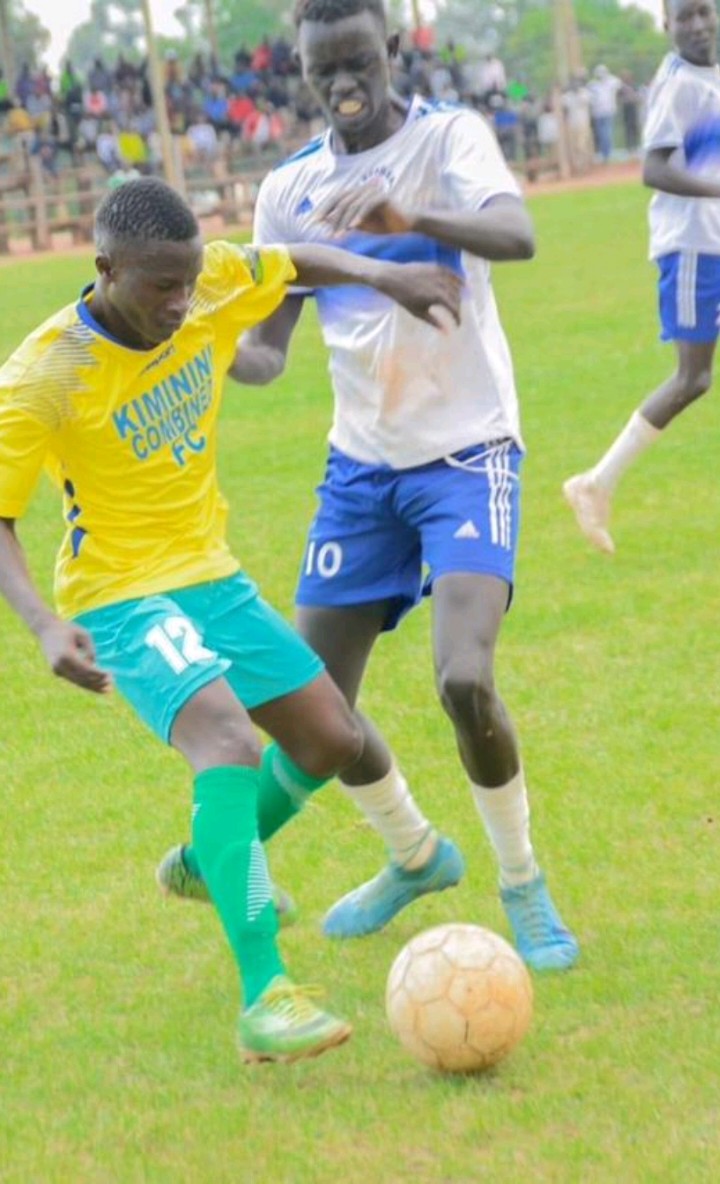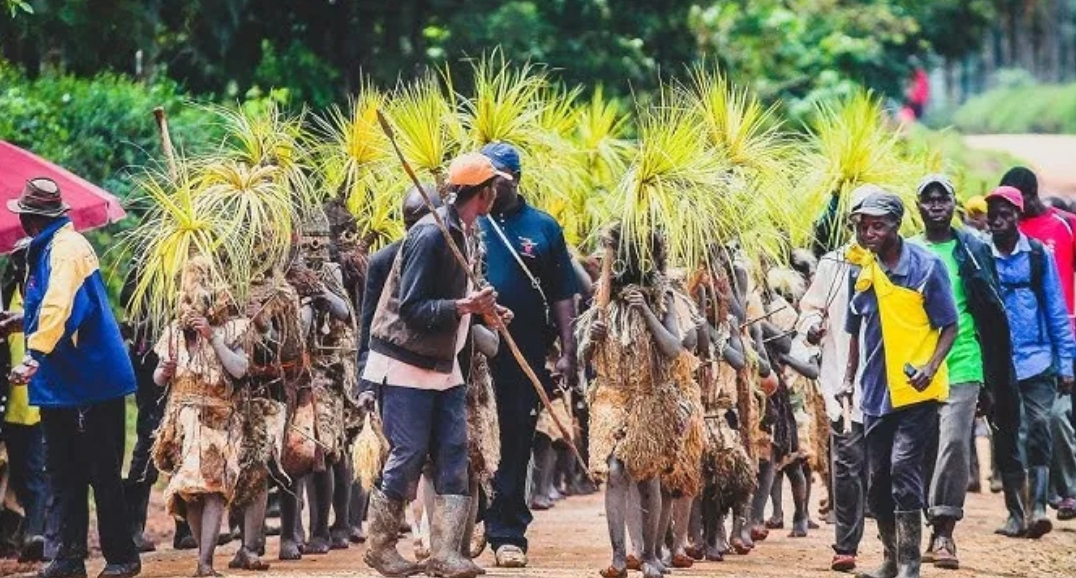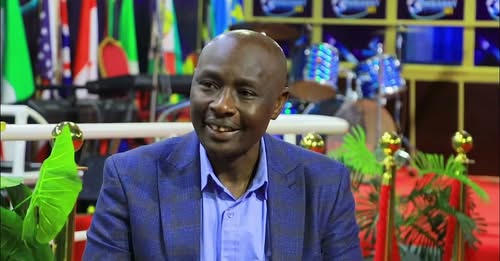Childhood is meant to be a season of laughter, innocence and discovery, but for many, it becomes the period where wounds are planted that last a lifetime. Trauma in early years – whether through abuse, neglect, loss, violence or constant instability – has a way of etching itself deep into the mind, shaping the way children learn in school and influencing the kind of adults they eventually become. What looks like a struggling pupil in the classroom may in fact be a child trying to make sense of a storm they never created.
In school, learning is not just about the intellect; it is about emotional stability. Trauma unsettles this foundation. A child who carries memories of shouting, beatings, or abandonment does not come to class with a clear mind ready for knowledge. They come to class with a mind preoccupied by fear, sadness, or confusion. Concentration becomes elusive. Reading and comprehension become slower. Retaining information feels like climbing a hill with a heavy load on the back. Teachers may see this as carelessness or disinterest, but underneath is a child silently fighting to survive. The mind, wired for survival in moments of trauma, focuses on scanning for threats rather than absorbing new information. This explains why traumatized children often fall behind academically even when they are naturally bright.
Childhood trauma also undermines confidence. A child constantly belittled or neglected grows up doubting their worth. They may shrink from classroom participation, avoid answering questions, or resist leadership roles in group work. Some mask the pain with disruptive behavior, earning the label of “stubborn” or “troublemaker,” which only deepens their sense of rejection. Others withdraw completely, becoming invisible in a sea of peers. In both cases, their learning and performance take the hit. A child cannot blossom academically when their self-esteem is crushed at its roots.
ALSO READ:
Gov’t revises public entities payroll processing deadlines to improve accountability
The scars do not stop at school. Trauma follows children into adulthood, shaping how they see themselves and interact with the world. Many adults struggling with low self-esteem, poor relationships, or fear of failure are in fact living with the ghosts of their childhood. A boy who grew up in a violent home may carry unresolved anger, making it hard to trust or commit in relationships. A girl raised in neglect may always battle feelings of inadequacy, even when she achieves great milestones. Some turn to alcohol or drugs to numb the pain. Others chase relentless success to prove they are worthy, but at the cost of peace and balance. Trauma has a way of rewriting one’s story if left unaddressed.
Scientists tell us that trauma affects the brain itself, especially the regions responsible for memory, attention, and emotional control. This explains why children who went through trauma often have trouble focusing, remembering lessons, or regulating their emotions. The brain gets conditioned to stay alert, as if danger is always around the corner. This constant state of tension makes calm learning nearly impossible. Even later in life, the same brain wiring can trigger disproportionate responses to stress – panic, anger, or withdrawal – even when the situation does not warrant it. Childhood trauma, therefore, is not just a memory; it becomes a biological imprint.
Yet, there is hope. Trauma does not have to define destiny. Many children who receive timely support—through counseling, mentorship, or simply the presence of a caring adult—learn to navigate their pain and transform it into strength. Schools that recognize the silent battles of traumatized children can provide safe spaces for healing and growth. Teachers who choose empathy over punishment, listening over labeling, often make the difference between a child giving up or rising above. Communities that embrace instead of stigmatizing children from broken backgrounds create room for resilience.
ALSO READ:
Makueni MP warns of politicizing education, calls for timely capitation release
Some of the most powerful leaders, thinkers, and creators in history carried heavy childhood scars, yet they turned them into sources of motivation. They understood pain, and because of it, they learned compassion, endurance, and grit. The difference between those who thrive and those who collapse under trauma often lies in whether anyone cared enough to notice, guide, and encourage.
Ultimately, childhood trauma reminds us that education is never just about exams and grades. A child cannot learn effectively if their inner world is shattered. Healing is as important as homework. Empathy is as necessary as textbooks. Attention to emotional well-being is as critical as academic coaching. The way society treats its most wounded children determines the kind of adults they will become and, by extension, the kind of future we will all share. If we choose to ignore their pain, we inherit generations trapped in cycles of brokenness. If we choose to support, listen, and nurture them, we release resilience, talent and greatness that trauma tried to bury.
Trauma leaves marks, but it also leaves opportunities – for healing, for growth, for building stronger, kinder, and wiser individuals. The challenge is ours: to see the wounded child not as a failure but as a survivor in need of guidance. When that is done, trauma ceases to be a life sentence and becomes instead the soil in which strength, empathy, and brilliance are born.
By Ashford Kimani
Ashford Kimani teaches English and Literature in Gatundu North and serves as Dean of Students.
You can also follow our social media pages on Twitter: Education News KE and Facebook: Education News Newspaper for timely updates.
>>> Click here to stay up-to-date with trending regional stories
>>> Click here to read more informed opinions on the country’s education landscape






